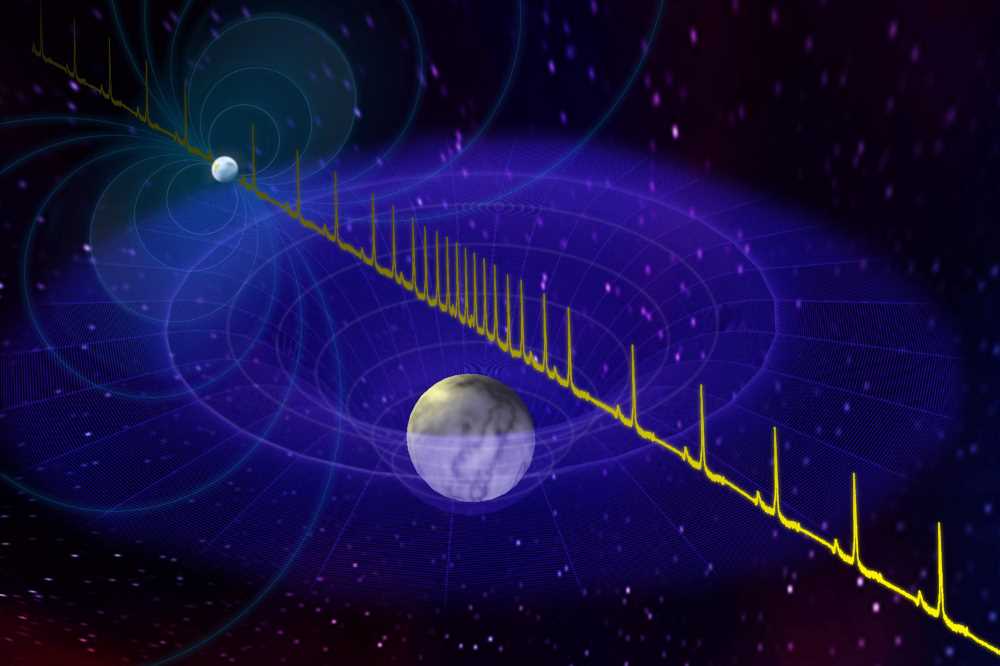The heaviest star in the universe has been discovered — and it’s only 15 miles wide.
It is more than twice the mass of the sun, meaning a sugar cube of it would weigh 100 million tons. That is the same weight as the entire human population.
Known as a neutron star, it is the compressed remains of a supernova, an exploding star, and is 700,000 times heavier than Earth.
It is also a pulsar, emitting radio waves like a lighthouse as it spins.
Neutron stars form when the outer part of a giant sun explodes and the core implodes. Its protons and electrons melt into each other to form neutrons.
Named J0740+6620, it is 2.17 times the mass of the sun — which is 333,000 times the mass of the Earth. The findings were published in Nature Astronomy.
It is “the most massive neutron star ever detected — almost too massive to exist,” says the team.
The measurement approaches the limits of how compact a single object can be without crushing itself into a black hole.
It was detected about 4,600 light-years from Earth by the Green Bank Telescope in West Virginia. One light-year is about six trillion miles.
Scientist Thankful Cromartie, of Virginia University, said: “Neutron stars are as mysterious as they are fascinating. These city-sized objects are ginormous atomic nuclei.”
Colleague Maura McLaughlin, who studied the star with Duncan Lorimer, said: “These stars are very exotic.”
Neutron stars have temperatures of a million degrees, are highly radioactive and have intense magnetic fields.
Mass is the amount of matter in a material while weight is a measure of how much gravity acts upon that mass.
Source: Read Full Article

